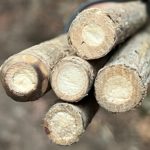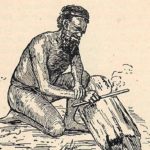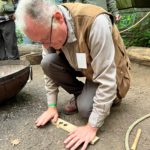A magnifying glass has been used to start fires since ancient times. Greek and Roman writers recorded the use of ‘Burning glasses’ for domestic and war purposes. A concise history of these applications can be found on Wikipedia.
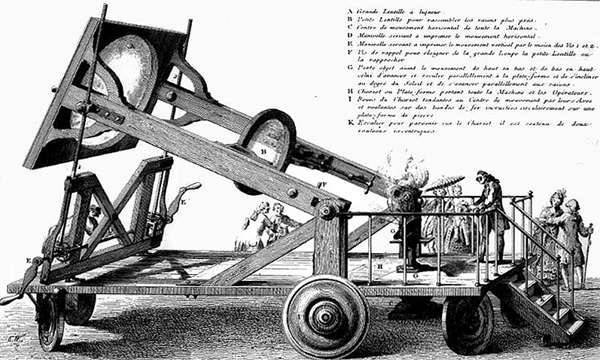
Nowadays, fires are primarily started with Bhutane lighters, and these lenses are mainly used as ‘Magnifying glasses’ by people with slight vision disabilities sitting in their rocking chairs. But survivalists can still use Magnifying glasses as Burning glasses, a lightweight, versatile, and absolutely waterproof fire-making alternative.
This website already discussed a similar topic in an article called ‘Solar fire lighting.’
Convex lenses working principle
A magnifying glass is a convex lens, which means it is thicker in the middle than at the edges. When sunlight passes through this lens, it bends (refracts) the light rays and focuses them to a single point known as the focal point.
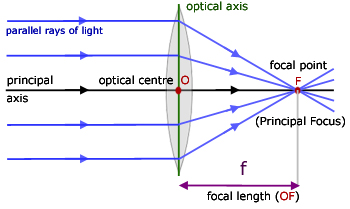
At the focal point, the light rays converge, concentrating the sunlight’s energy into a small area. This concentration significantly increases the intensity of light and heat at that point. When a piece of combustible material is positioned at the focal point, the concentrated sunlight raises its temperature. If the temperature reaches the ignition point, the material will ignite and start a fire.
The underlying principle of how the sunlight’s energy works is the following: Photons that collide with an atom are absorbed by the atom, raising its energy level. When photons are concentrated in a small area, the energy is absorbed by a smaller quantity of affected atoms, raising their temperature significantly.
Magnifying glass
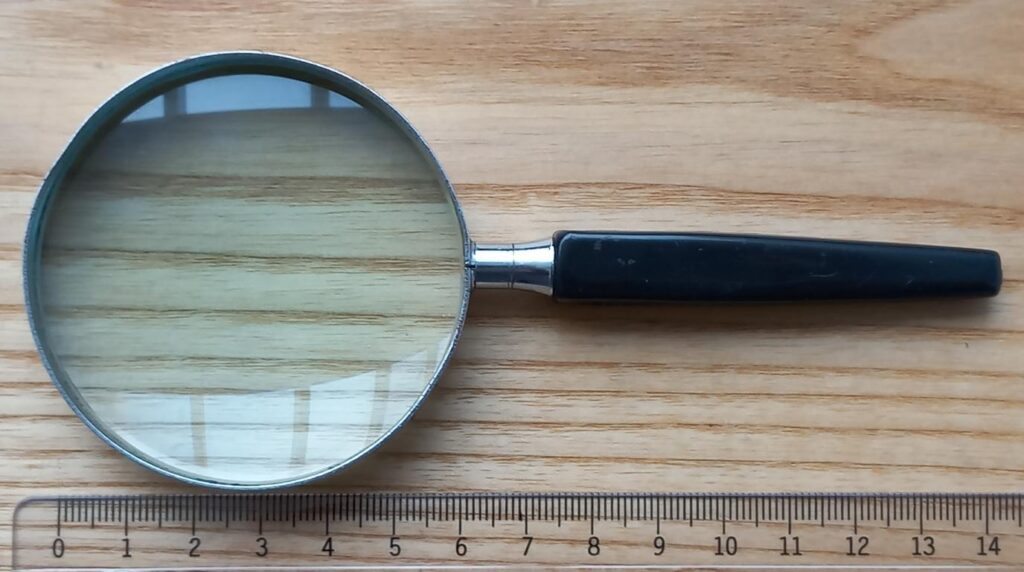
For the test, a small and cheap magnifying glass was used. Its outer diameter was 6.3 cm / 2.45’’. The rim thickness was 3 mm or 1/8’’, and the lens thickness in the middle was 9 mm or 23/64’’. Total weight was 46.7 g / 1.65 oz.
Suitable Base wood
The outside temperature is not critical when starting a fire with a magnifying glass. Still, it is essential that a suitable material for holding an ember – let’s call it ’base wood’ – is available. This material must be dry, solid, and lightweight. Its shape must be chunky enough to hold a burned channel depth of about 1 cm / 25/64’’. After an ember is created, it serves as a basis for lighting the tinder.
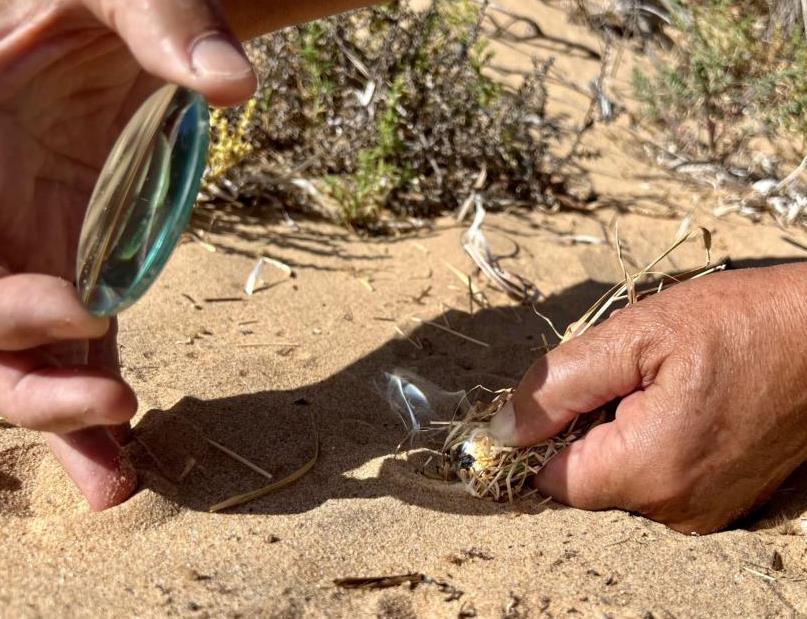
Straw, dry grasses, paper, and other thin-leaved or thin-stemmed materials are unsuitable for base wood.
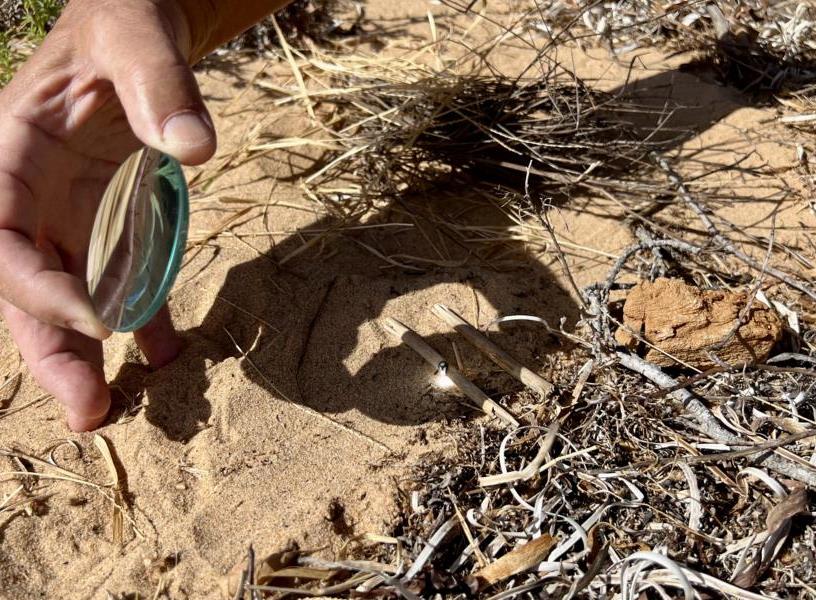
Also, finger-thick woody material does not work for that application.
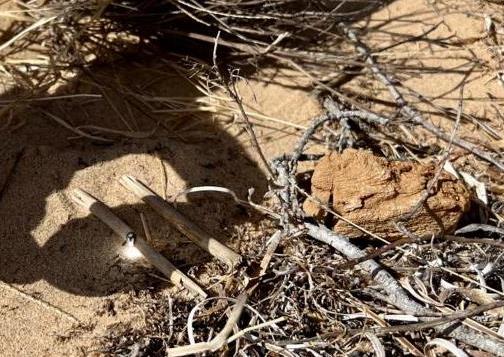
An eroded and chunky piece of bark can be seen on the right side of the picture. This base wood is ideal for creating an ember with a magnifying glass and holding it until the tinder is lit.
How to create an open fire
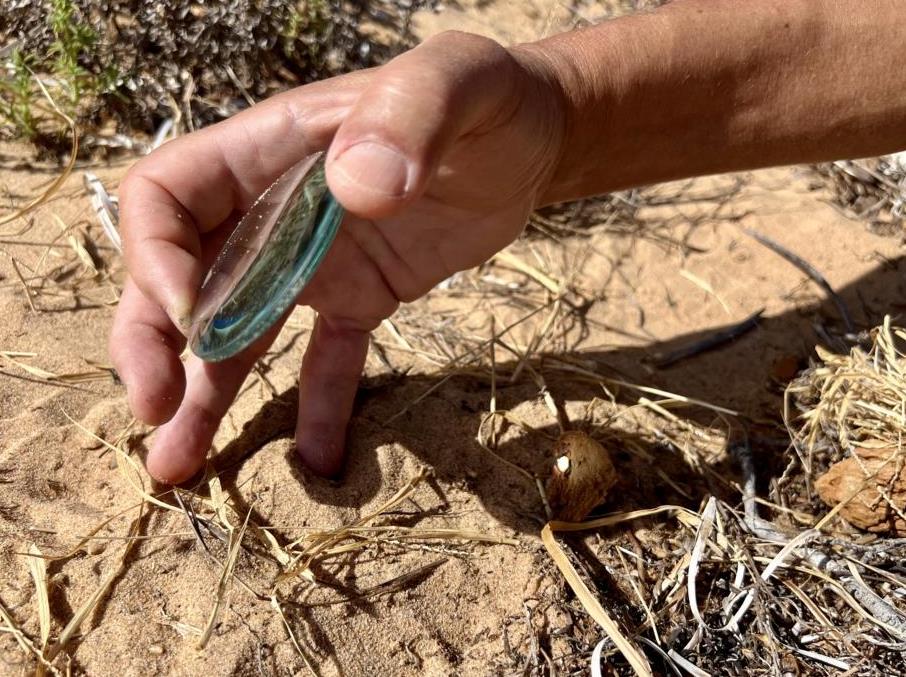
When the body is turned into the sun, the lens is held so far from the base wood that the focal point is at its most minor diameter on the material. It should be directed to an area on the wood that is flat and perpendicular to the incoming rays. It must always be checked that the focal point is small and round. An elliptical shape indicates that the lens is not perpendicular to the sun’s rays. To maintain the same lens position over time, it is a good idea to prop up the hand with two fingers on the ground.
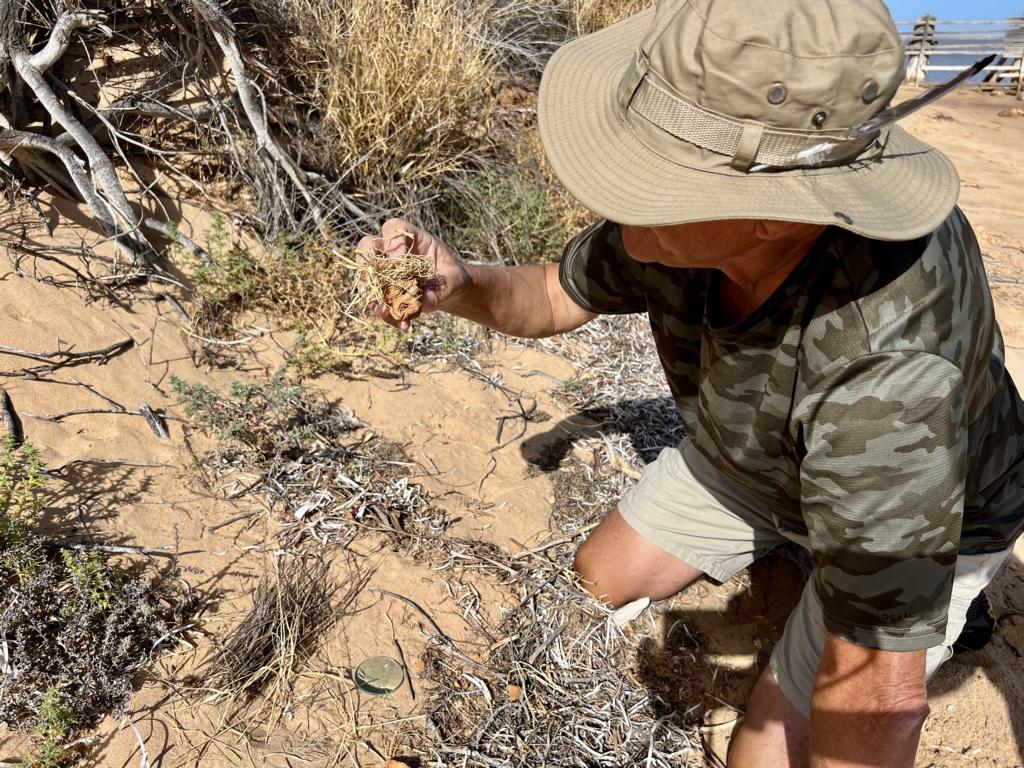
After the ember is formed inside the base wood, it will be covered with dry tinder and held tightly togehter to increase the inside temperature.
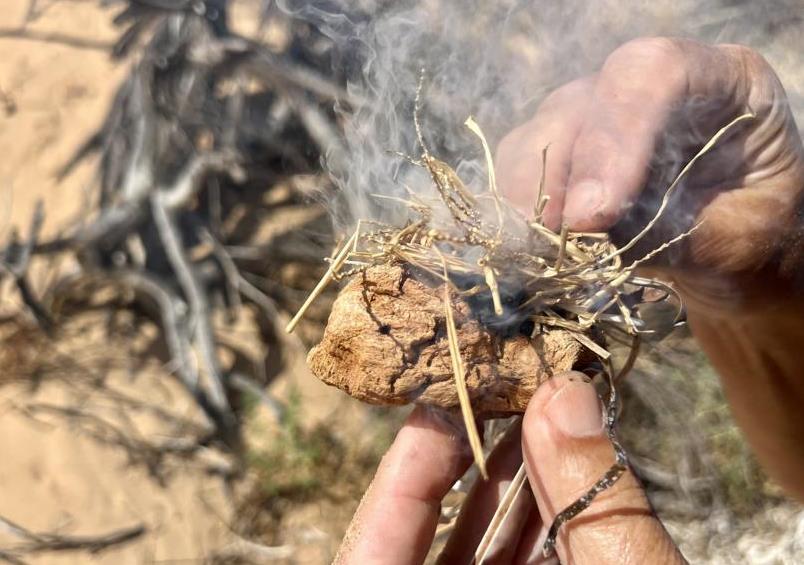
When the temperature is felt to have increased, the tight grip should be released, and oxygen should be fanned in with slight movements. After that, air can be carefully blown into the tinder nest. When blowing, moisture from the mouth should be kept to a minimum.
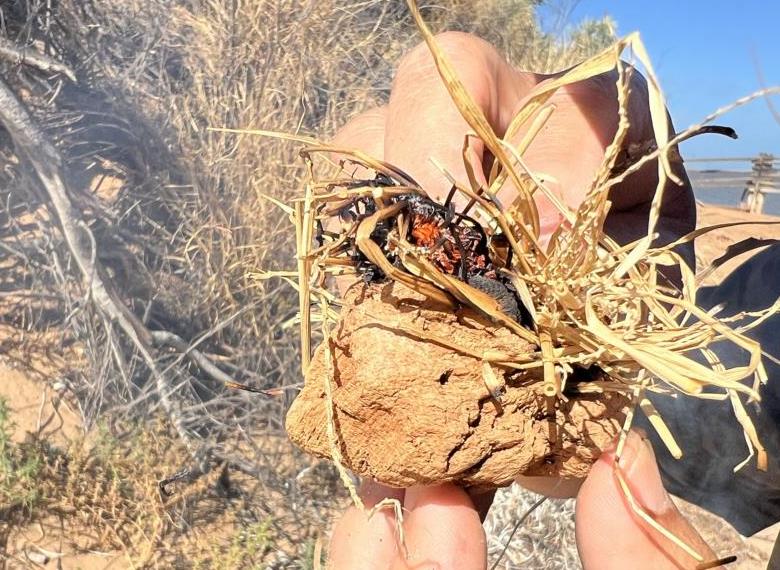
The tinder will start burning….
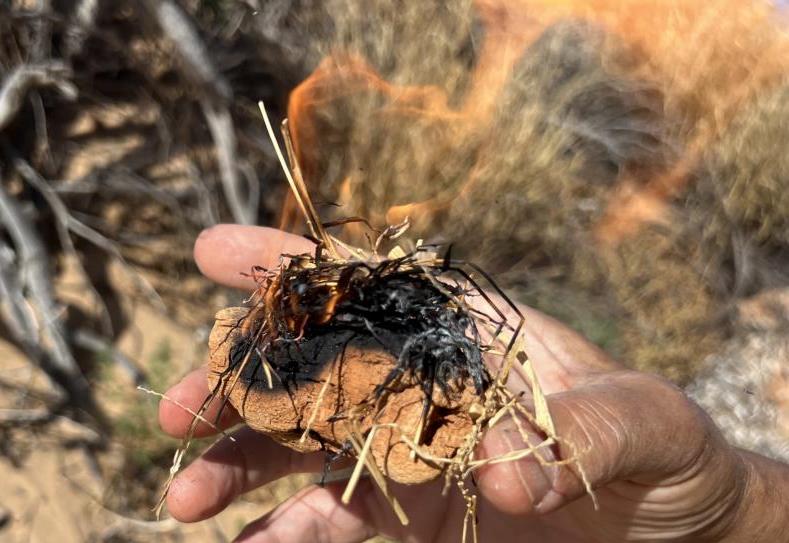
…and an open fire will be created, which will be positioned under larger kindlings to start a bonfire.
Lessons learned for creating fire with a magnifying glass:
- This method is – obviously – only suitable when the sun shines.
- A convex optical lens of any sort can be used for creating fire.
- Most important is the type of base wood used.
- This base wood must be solid, lightweight, and large enough to hold the ember.
- Before starting to fan air into the tinder nest, the temperature between the ember and the tinder material has to increase.
- Further handling of the tinder nest is the same as with friction fire methods.
Further readings about Fire making on this website:
Hadza hand drill friction fire
Bow Drilling – following the method of Mattias Norberg
Giant Fennel stalks for lighting fire
Batwa pygmies traditional fire lighting method
Manketti wood for friction fire lighting
Bushscout UK’s fire bundle basket
Fire lighting with Flint & Steel
Hand drilling in UK as taught by Dave Watson
Bow drill standard procedure by Dave Watson
Bow drilling in Australia by Gordon Dedman
Hand drill friction fire lighting in Australia
Creating fire by hand drill in Namibia
Australian friction fire wood species
.



